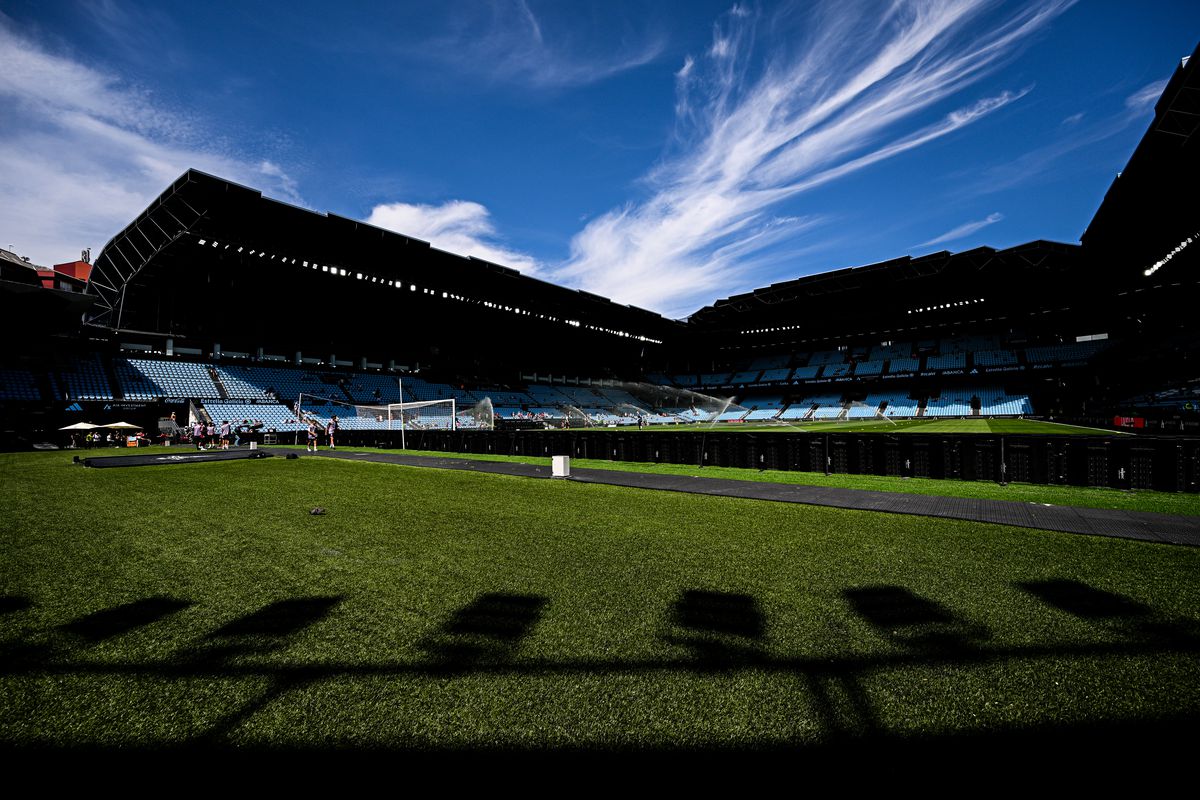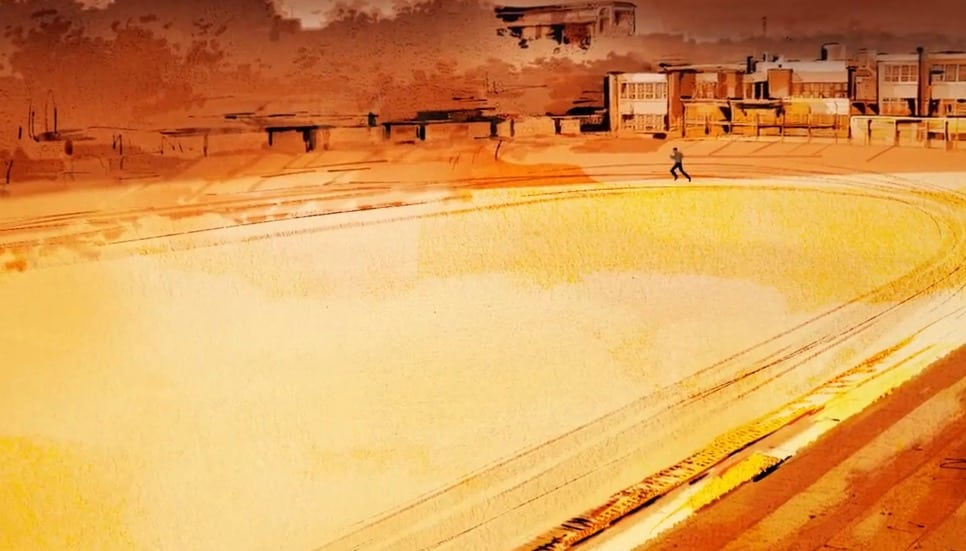Building A Living Fence: A Step-by-Step Tutorial

Table of Contents
Planning Your Living Fence
Before you even touch a shovel, careful planning is crucial for a successful living fence. This involves choosing the right location and selecting the perfect plants for your specific needs and environment.
Choosing the Right Location
The location of your living fence significantly impacts its growth and success. Several factors need consideration:
- Sunlight Requirements: Different plants need varying amounts of sun. Research your chosen plants carefully. Sun-loving plants will thrive in full sun locations (6+ hours of direct sunlight), while shade-tolerant options are better suited for partially shaded areas. Incorrect sunlight exposure can lead to stunted growth or even plant death.
- Soil Analysis: A soil test can help determine the pH and nutrient levels of your soil. This information is vital to selecting appropriate plants and amending the soil to optimize their growth. Poor soil can hinder even the hardiest plants. Consider conducting a soil test before committing to a specific location.
- Water Access: Easy access to water for irrigation is crucial, especially during the establishment phase. Proximity to a water source simplifies watering and ensures your plants receive sufficient hydration, especially in dry periods. Consider installing drip irrigation for efficient water management.
- Privacy and Wind: Consider prevailing winds and the level of privacy you desire when selecting the location. A strategically placed living fence can act as a windbreak and offer enhanced privacy.
Selecting the Perfect Plants
Choosing the right plants is paramount for a thriving living fence. Consider the following factors when making your selection:
- Native Species: Prioritize native plants for low maintenance and environmental benefits. Native plants are adapted to your local climate and soil conditions, requiring less care and contributing to local biodiversity.
- Evergreen vs. Deciduous: Evergreen plants provide year-round screening and visual interest, while deciduous plants offer seasonal color changes and a different aesthetic appeal. Consider your preferences and the overall look you want to achieve.
- Thorny vs. Non-Thorny: Thorny varieties, such as hawthorn or pyracantha, offer enhanced security and deter intruders. However, non-thorny options provide a softer, more inviting look.
- Mature Size: Consider the mature height and width of the plants to achieve your desired fence density and height. Overcrowding can lead to competition for resources, while insufficient planting density might leave gaps in your living fence.
Preparing the Site
Proper site preparation is essential for successful plant establishment and long-term growth.
Clearing and Preparing the Ground
Before planting, clear the area of existing vegetation, rocks, and debris. This ensures optimal root development and prevents competition for resources.
- Weed Control: Use pre-emergent herbicides to prevent weed growth, especially in the initial stages. Weeds compete with your plants for nutrients and water, hindering their growth.
- Soil Amendment: Improve soil drainage and fertility with compost or other organic matter. Amending the soil provides essential nutrients and improves its structure, creating a more conducive environment for healthy root development. Consider adding peat moss for better drainage if needed.
Installing Support Posts (Optional)
For taller or less sturdy plants, installing sturdy posts provides initial support until they become established.
- Post Spacing: Determine spacing based on the mature size of your chosen plants. Generally, 6-8 feet apart is a good starting point, but this can vary depending on plant type and desired density.
- Post Depth: Ensure posts are buried deeply for stability, usually at least 1/3 of their total length. Use treated lumber or other durable, rot-resistant materials.
Planting Your Living Fence
With the site prepared, it's time to plant your living fence.
Planting Techniques
Dig individual holes or a continuous trench, ensuring adequate spacing between plants as mentioned in the previous section.
- Proper Planting Depth: Plant at the same depth as the plant was growing in its container. Planting too deep or too shallow can stress the plant and hinder its growth.
- Watering In: Thoroughly water after planting to settle the soil and provide moisture for the roots. A deep soaking is more effective than several light waterings.
Mulching and Watering
Apply a layer of mulch to retain moisture, suppress weeds, and regulate soil temperature. Establish a regular watering schedule, especially during the first growing season.
- Mulch Type: Organic mulches like wood chips or straw are ideal. Avoid using mulch that contains weed seeds or that might compact the soil.
- Watering Frequency: Adjust watering based on rainfall and soil moisture. Overwatering can lead to root rot, while underwatering will stunt growth.
Ongoing Maintenance of Your Living Fence
A living fence requires ongoing care to thrive.
Pruning and Shaping
Regular pruning helps maintain the desired shape and density of your living fence.
- Pruning Techniques: Learn proper pruning techniques to avoid damaging the plants. Generally, it's best to prune during the dormant season (late winter or early spring) for many plants.
- Pruning Schedule: Establish a regular pruning schedule based on the plant species. Some plants need more frequent pruning than others.
Fertilizing and Pest Control
Fertilize annually to support healthy growth. Address pest and disease issues promptly.
- Fertilizer Type: Choose a balanced fertilizer appropriate for your plants. Avoid over-fertilizing, as this can harm the plants.
- Pest Identification: Learn to identify common pests and diseases affecting your chosen plant species, and take appropriate action as soon as an issue arises.
Conclusion
Building a living fence is a rewarding project that adds beauty, privacy, and value to your property. By carefully planning your plant selection, preparing the site adequately, and providing ongoing maintenance, you can create a thriving, natural boundary that will enhance your landscape for years to come. Start planning your own living fence today and enjoy the benefits of this sustainable and environmentally friendly landscaping solution! Don't hesitate to research specific plant options for your region to create the perfect living fence for your needs.

Featured Posts
-
 Plan Your Purchases Nike Sneaker Releases For May 2025
May 29, 2025
Plan Your Purchases Nike Sneaker Releases For May 2025
May 29, 2025 -
 Drenthe Paasvuren Afgelast Door Droogte
May 29, 2025
Drenthe Paasvuren Afgelast Door Droogte
May 29, 2025 -
 Prakiraan Cuaca Bandung Besok 23 April Hujan Hingga Sore Di Jawa Barat
May 29, 2025
Prakiraan Cuaca Bandung Besok 23 April Hujan Hingga Sore Di Jawa Barat
May 29, 2025 -
 Celta Vigo Vs Real Madrid Mbappes Crucial Goals Keep La Liga Competition Open
May 29, 2025
Celta Vigo Vs Real Madrid Mbappes Crucial Goals Keep La Liga Competition Open
May 29, 2025 -
 Victor Fernandez Un Analisis De Su Presencia
May 29, 2025
Victor Fernandez Un Analisis De Su Presencia
May 29, 2025
Latest Posts
-
 Explosive Bts Teaser Sparks Comeback Rumors
May 30, 2025
Explosive Bts Teaser Sparks Comeback Rumors
May 30, 2025 -
 Bts Comeback Speculation Soars After Reunion Teaser Release
May 30, 2025
Bts Comeback Speculation Soars After Reunion Teaser Release
May 30, 2025 -
 Army In Frenzy Bts Reunion Teaser Hints At Imminent Return
May 30, 2025
Army In Frenzy Bts Reunion Teaser Hints At Imminent Return
May 30, 2025 -
 Bts Reunion New Teaser Fuels Comeback Anticipation
May 30, 2025
Bts Reunion New Teaser Fuels Comeback Anticipation
May 30, 2025 -
 Bts Reunion Teaser Comeback Speculation Ignites Army
May 30, 2025
Bts Reunion Teaser Comeback Speculation Ignites Army
May 30, 2025
